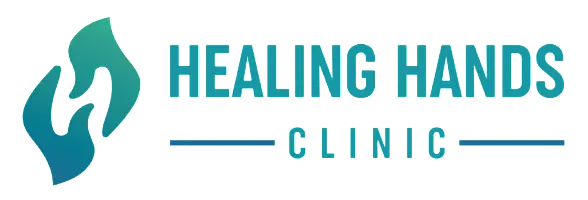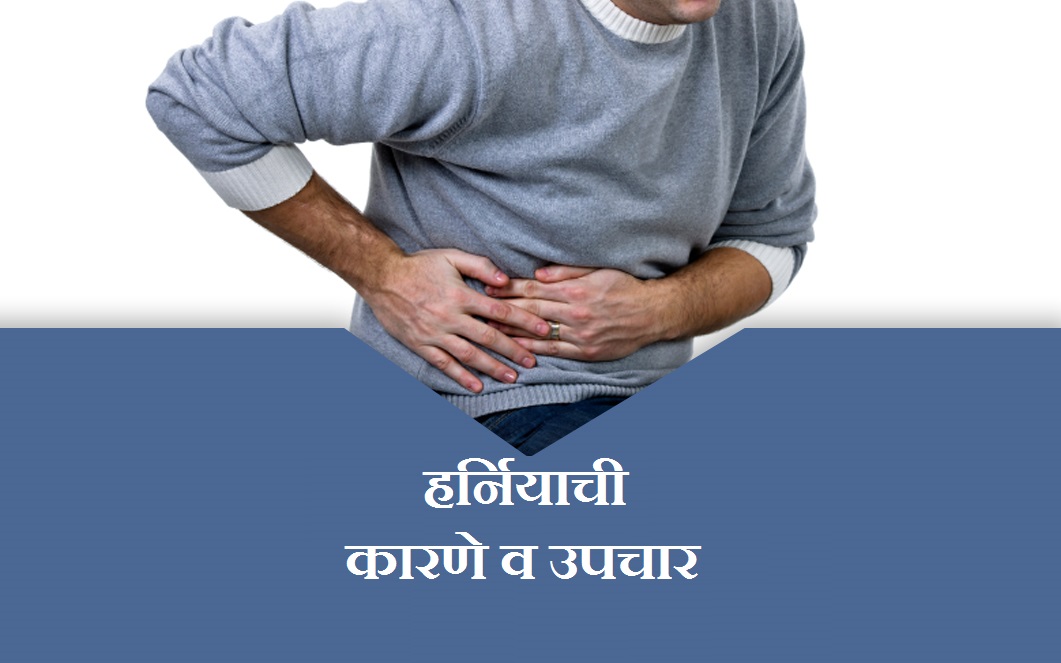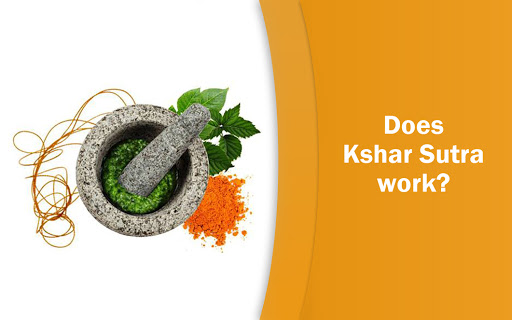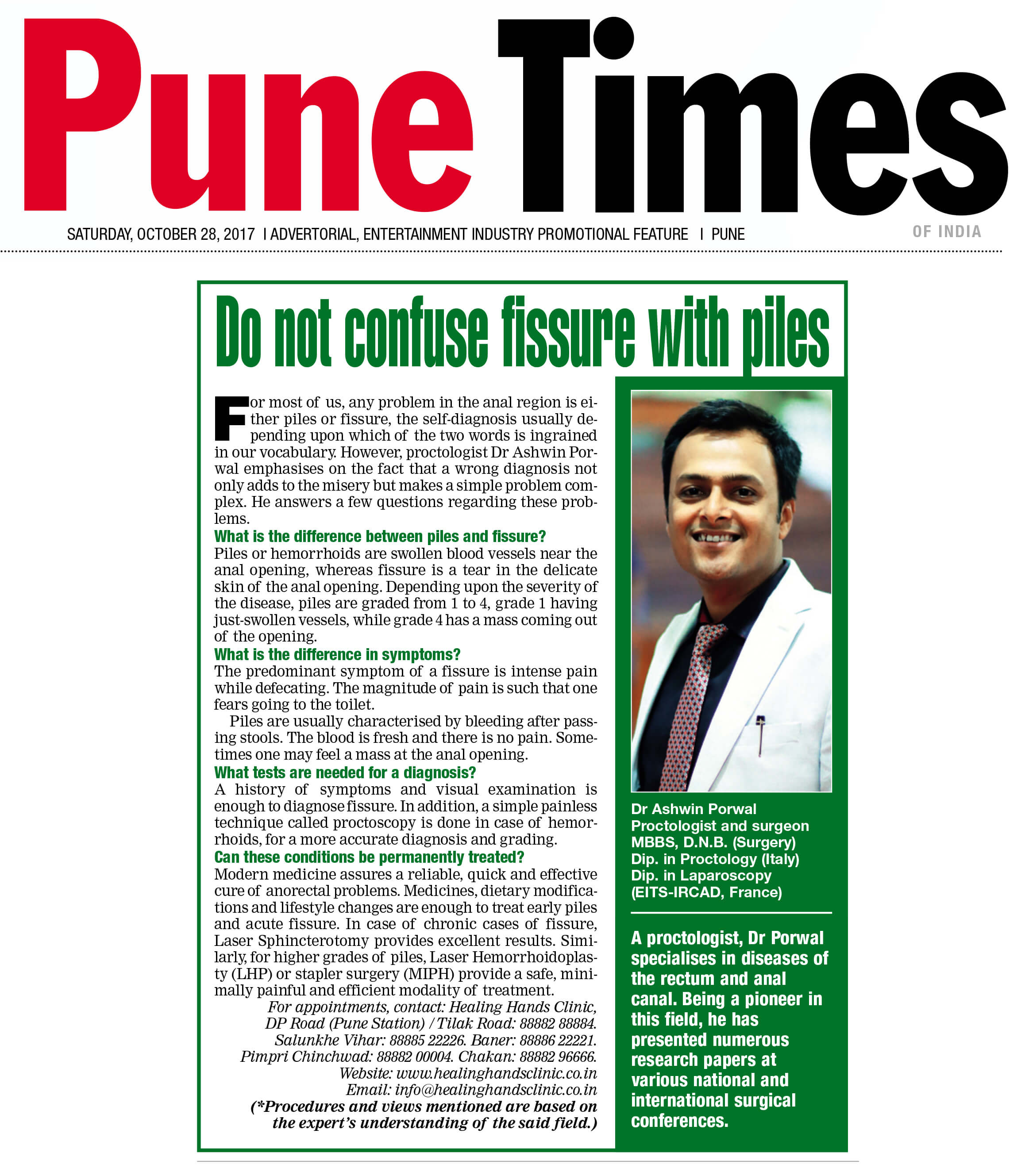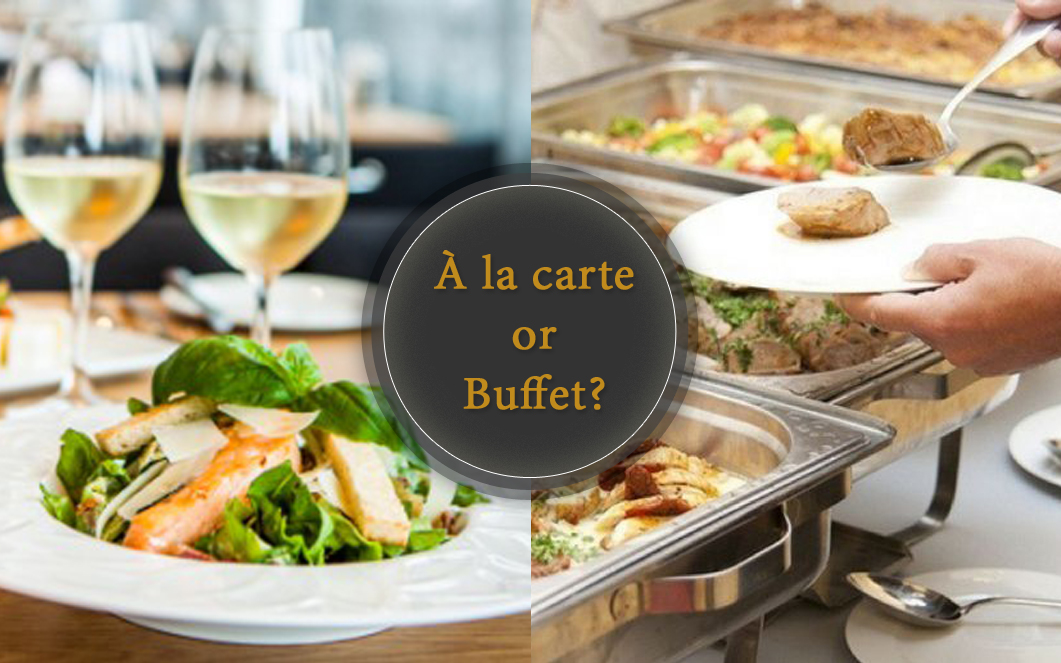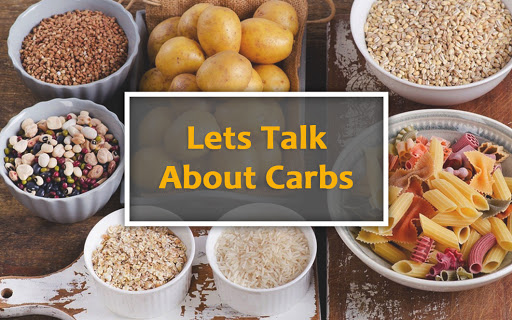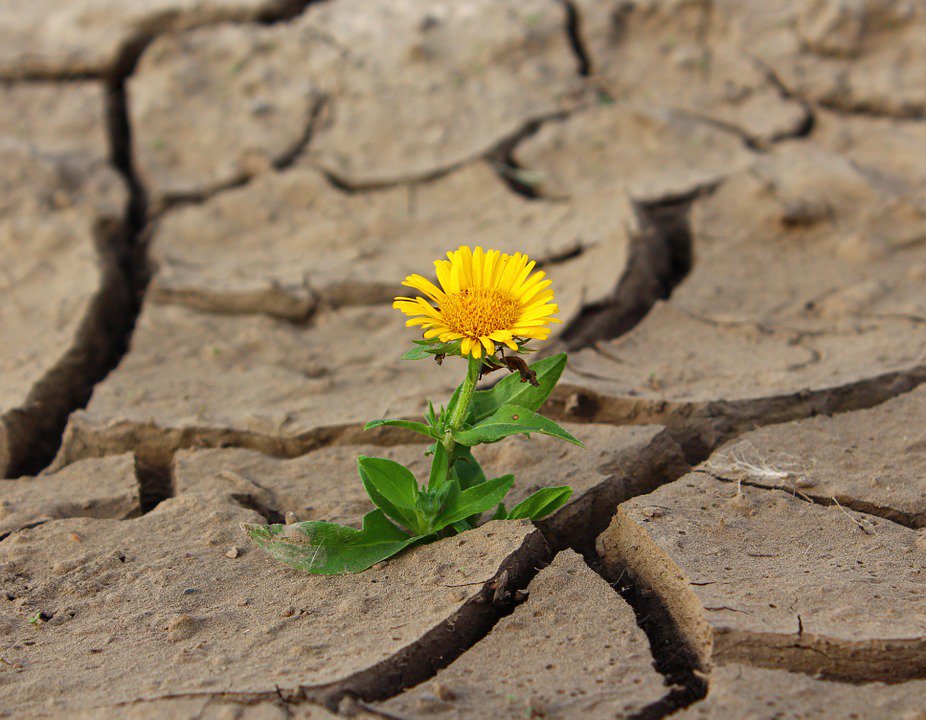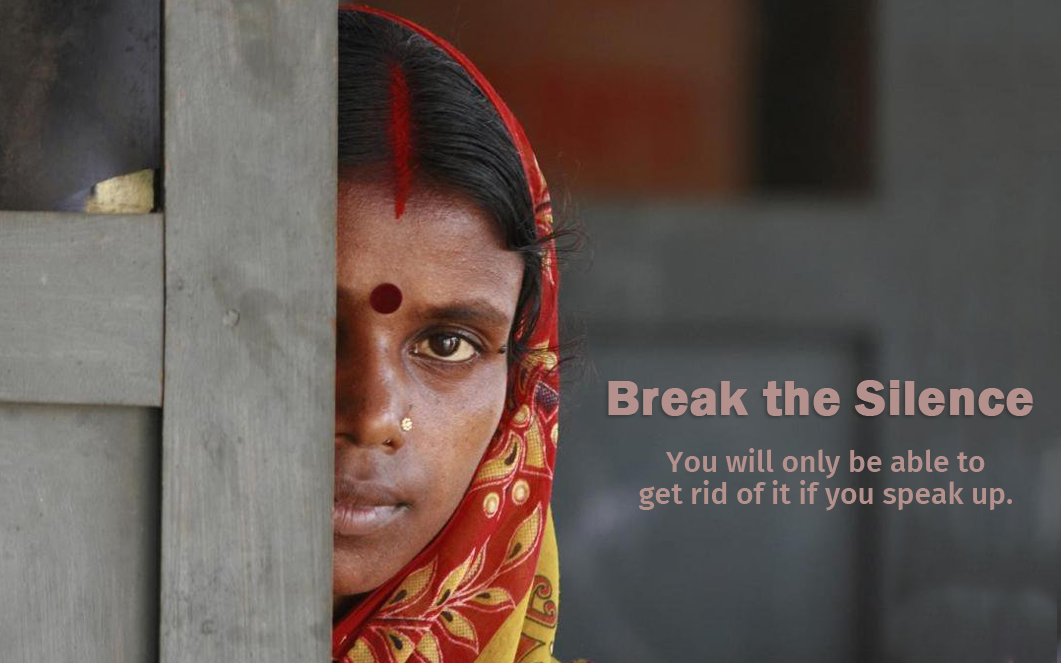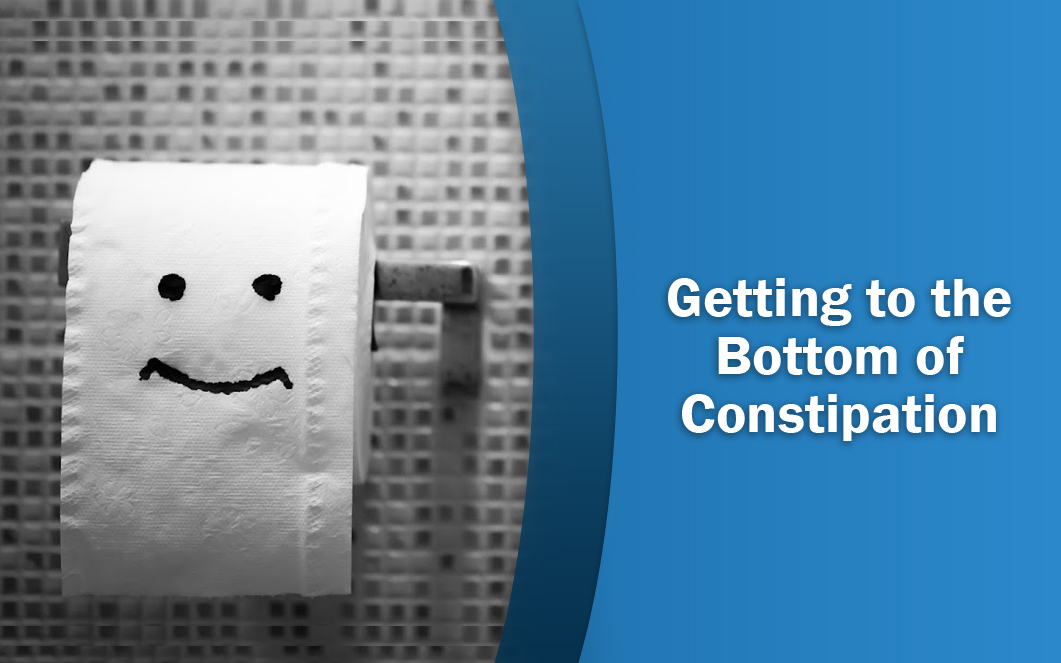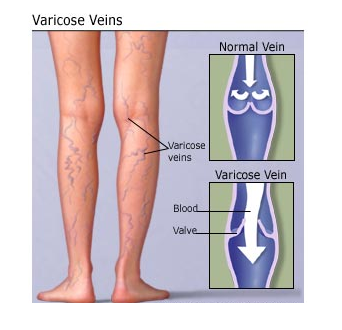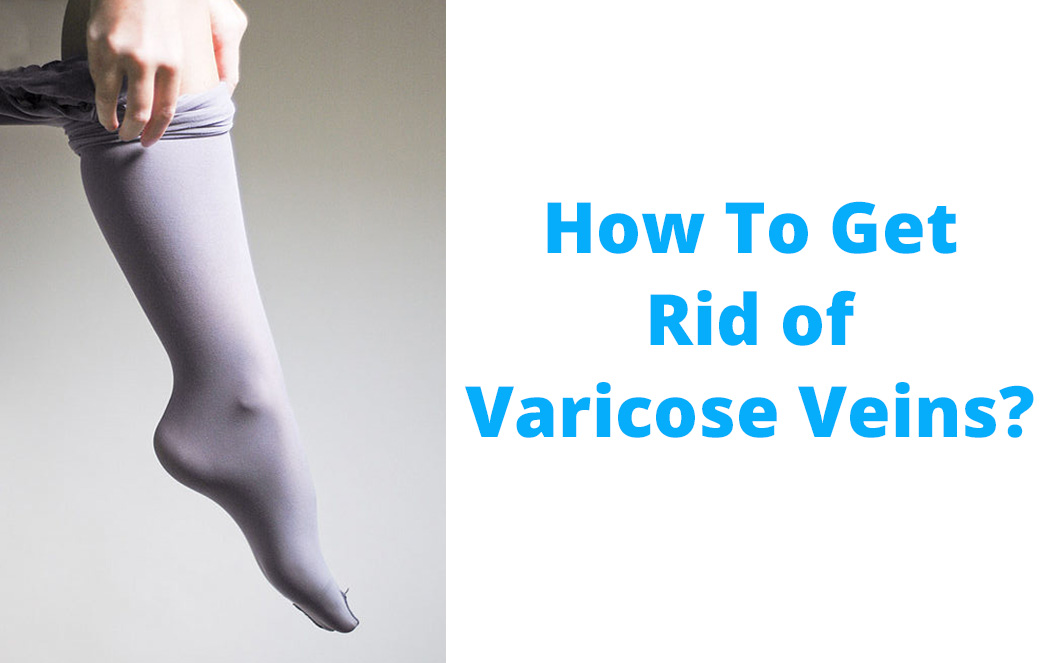
Varicose veins, commonly observed in legs, are enlarged tortuous veins that have lost their elasticity. A vein goes varicose when it’s valves are unable to prevent backflow, thus causing pooling of blood. Varicose veins are quite often a cosmetic concern, specially in women.
Diagnosis is straightforward, but a Venous Color Doppler test is done to assess the extent of the problem. In the absence of symptoms, many women seek treatment for cosmetic concerns, whereas in most others it becomes mandatory once complications ensue. The problem can be arrested at an early stage by certain lifestyle changes, medicines and using venous stockings. Once the disease has advanced, active treatment becomes necessary.
Although Not Common,Varicose Veins can lead to Complication Like :
• Thrombophlebitis: Blood clots in the swollen veins › Varicose eczema / Dermatitis: Skin becomes dry and itchy. The resultant scratching may further lead to bleeding, bruising and painful ulceration.
• Lipodermatosclerosis: The skin turns hard and tough.
Causes
• Genetics
• Standing for long hours
• Pregnancy, use of birth control pills
• Age, obesity or leg injury
Symptoms
• Unsightly appearance
• Dull ache, heaviness
• Swelling of ankles and feet
• Itching and discoloration of skin near ankles
• Cramping
Healing Hands Clinic has state-of-the-art facilities to treat VARICOSE VEINS. The veins are treated with laser by a procedure called Endovenous Laser Ablation (EVLA). The whole treatment takes approximately 30-45 minutes. During the treatment as well as afterwards, the patient hardly feels any discomfort. Patients can return to their daily activities on the next day of the treatment. Dr Paresh Gandhi, VARICOSE VEINS expert at Healing Hands Clinic has successfully treated a large number of cases using EVLA technique.
For appointments Healing Hands Clinic, Pune Station/Tilak Rd: 8888288884; Salunkhe Vihar: 8888522226; Baner: 8888622221; Chinchwad: 8888200004; Chakan: 8888296666; Website: www.healinghandsclinic.co.in ; Email: info@healinghandsclinic.co.in

